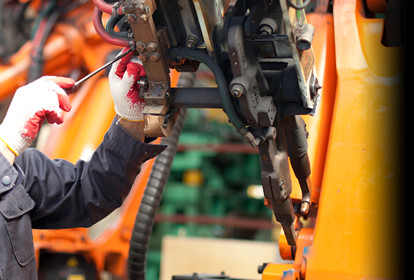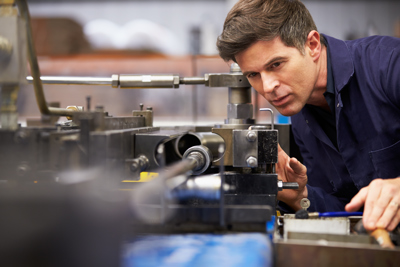The myths around legacy machinery include:
- You need an entire manufacturing execution system (MES) or enterprise resource planning (ERP) system for process control
This isn’t true at all. In fact, all you may need is suitable sensors. These can act as a kind of retroactive sticking plaster until you’re ready for a complete solution. - You have to spend a fortune to access data
Actually, this might only total a few hundred pounds. A ‘primitive’ legacy machine can be adapted using sensors to provide you with the required data. - You should immerse yourself into data in one go
Would you buy a sofa without sitting on it? When adding sensors to your machines, you want to identify the value of data before steamrolling on to the next step – so you really don’t need to do it all at once. - You need highly skilled digital natives on your team
You can teach yourself as you go through incremental implementation. So much of
the learning is intuitive, just like when you get a new phone.



